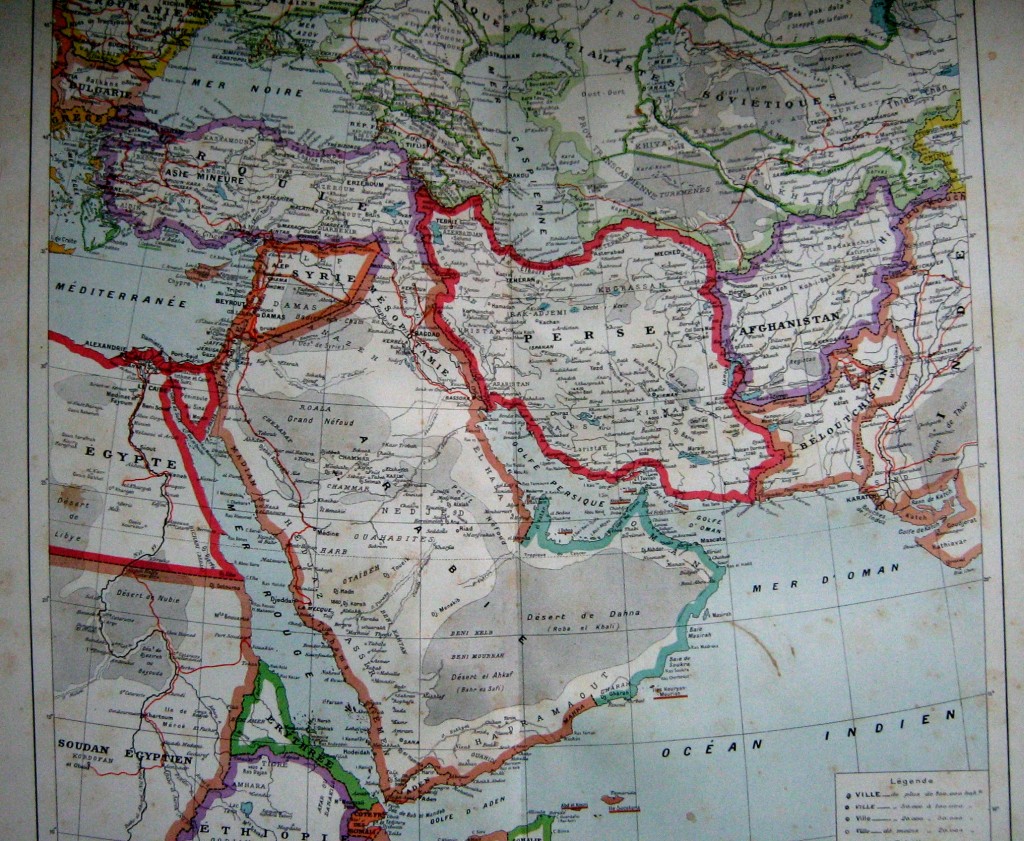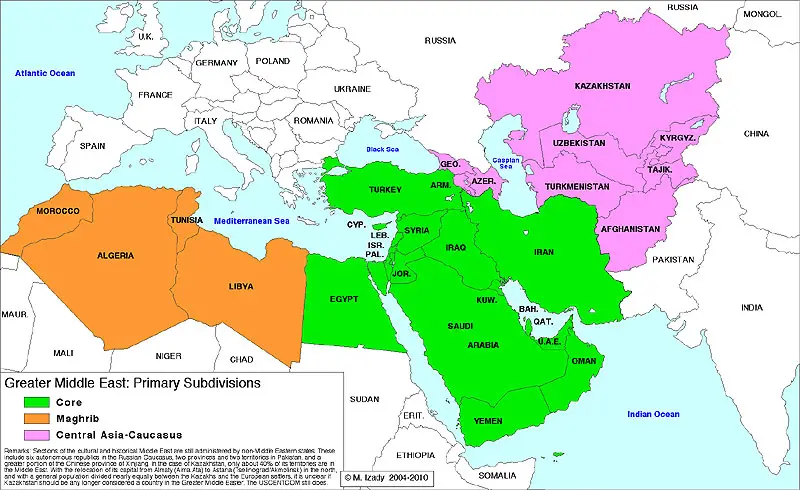

In 2013, South Yemen began calling for independence again, claiming the North was being neglectful. Both countries were finally unified as one in 1990 as the Republic of Yemen. This caused tension between North and South Yemen. Following the withdrawal, politicians developed Marxist policies. In 1925, Britain recognized South Yemen's independence, but did not withdraw from the area until 1967. Britain controlled the port of Adeno since 1839. South Yemen was a protectorate of Britain. North Yemen had been ruled by the Ottoman Empire from 1849 until 1917, when it gained independence. Yemen: This nation has a questionable independence date. The Turkish Flag and the Turkish National Anthem from the Republic of Turkey Ministry of Foreign Affairs.įor more, see CIA Factbook/Turkey and United States Department of StateĬlick here for a youtube video from Khan Academy on Mustafa Kemal and the Turkish Independence War
#MAP OF MIDDLE EAST AFTER WW1 FULL#
Gained full independence in 1923.Ĭlick here for more on the Turkish Independence

After World War I, forces led by Mustafa Kemal expelled French, Greek, Italian, and Russian forces. Nationalism had arisen through out the Ottoman Empire, which was not keeping up with social and technological developments in Europe. Turkey: Founded by Mustafa Kemal, also known as Ataturk ("father of the Turks") after the collapse of the Ottoman Empire and a three year war for independence. Independence years and short summaries of events The Sykes-Picot Agreement and the Making of the Modern Middle EastĪ Century On: Why Arabs Resent Sykes-Picot Mapping and Explaining Middle Eastern Conflict - Interactive Focus Question: When did countries in the Middle East become independent nations and how was independence achieved?


 0 kommentar(er)
0 kommentar(er)
